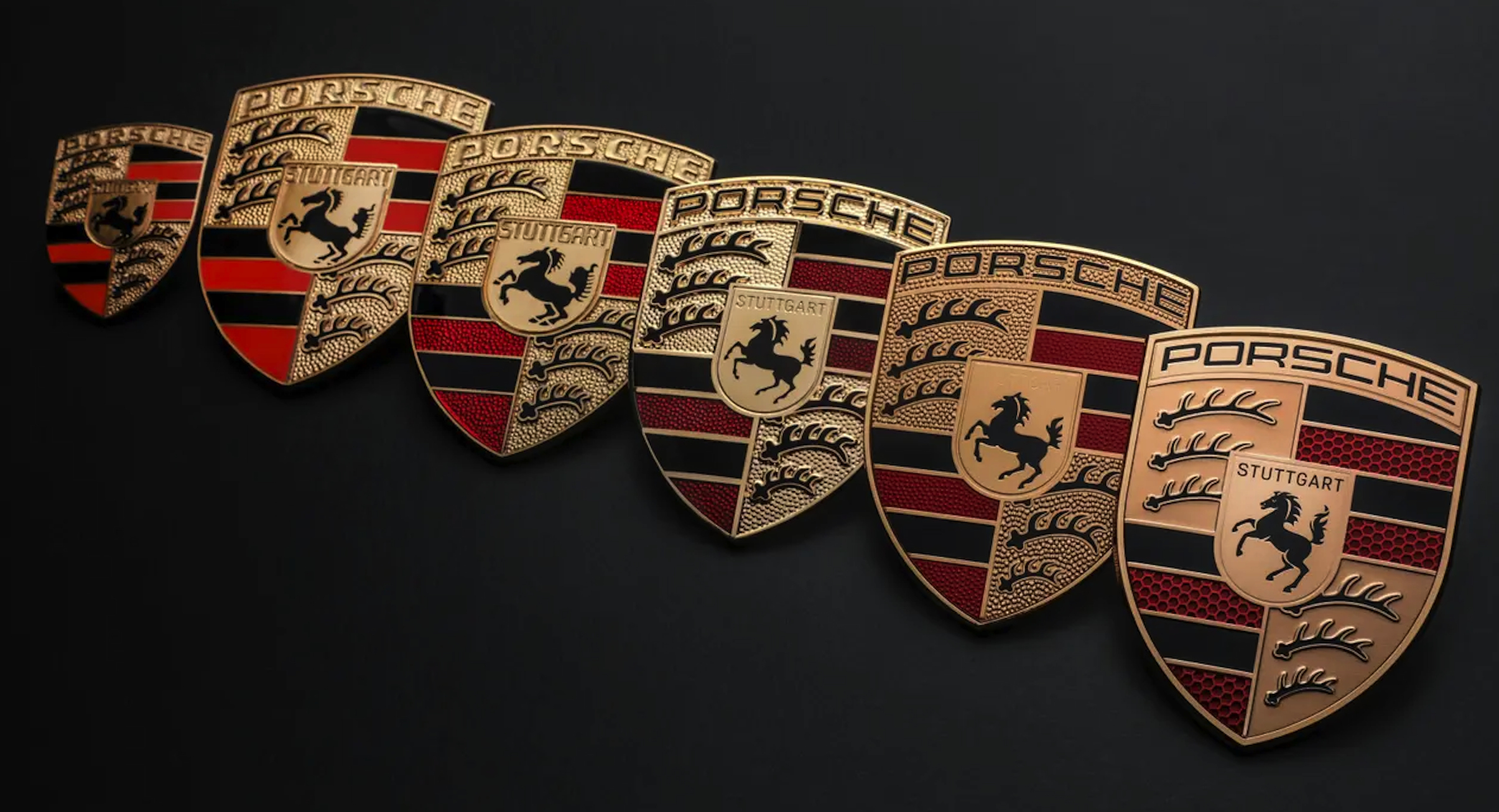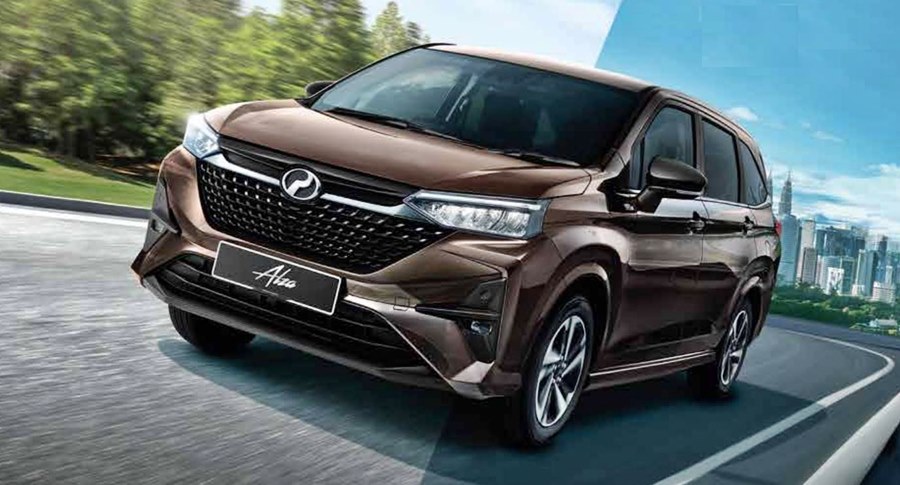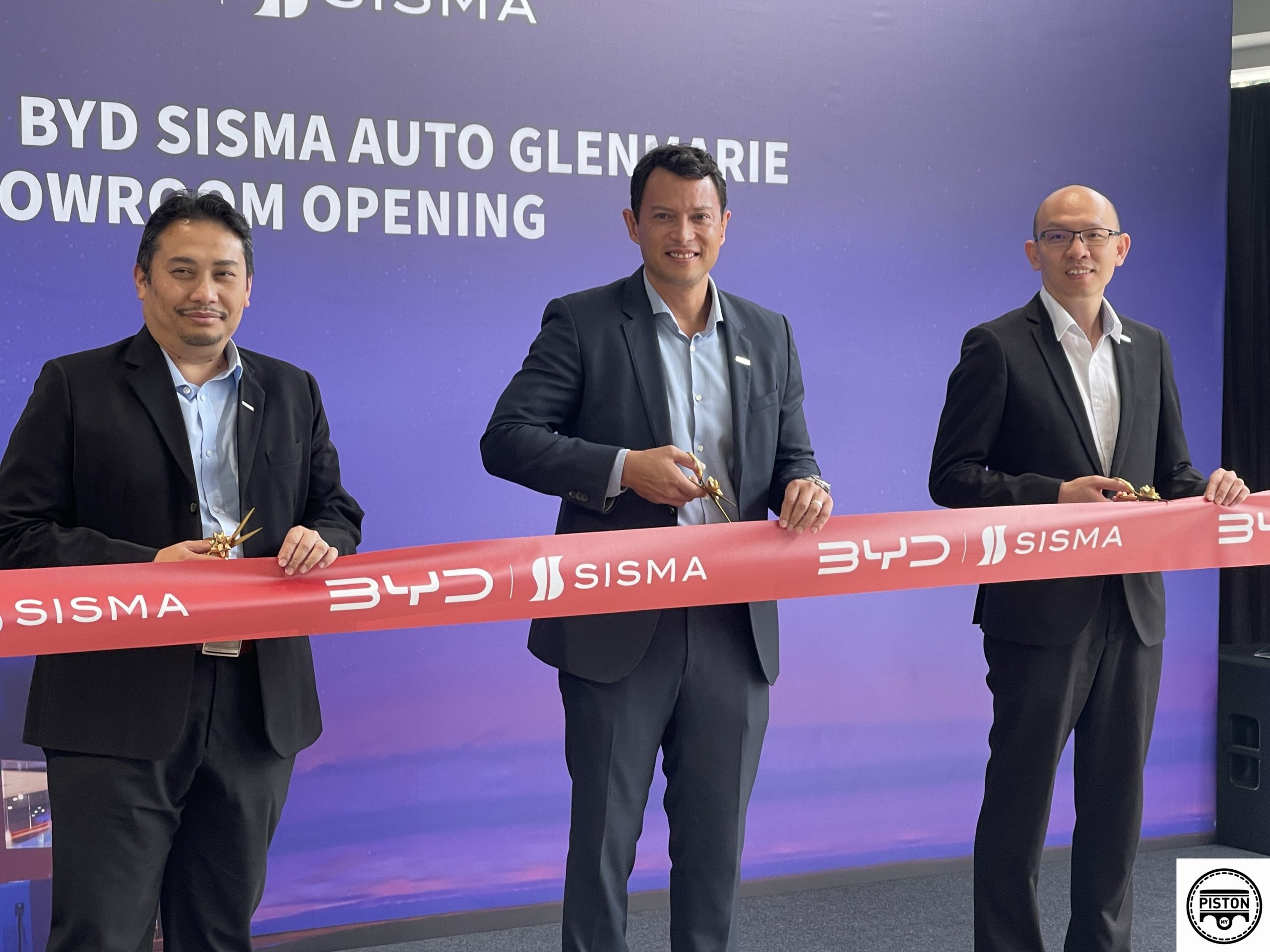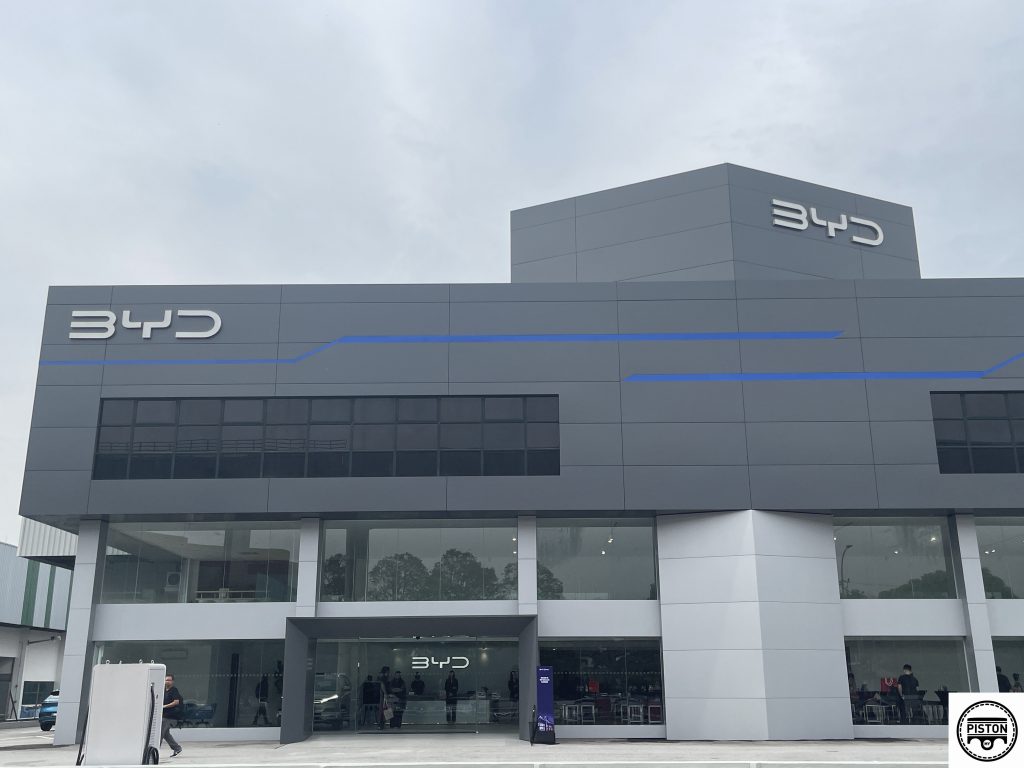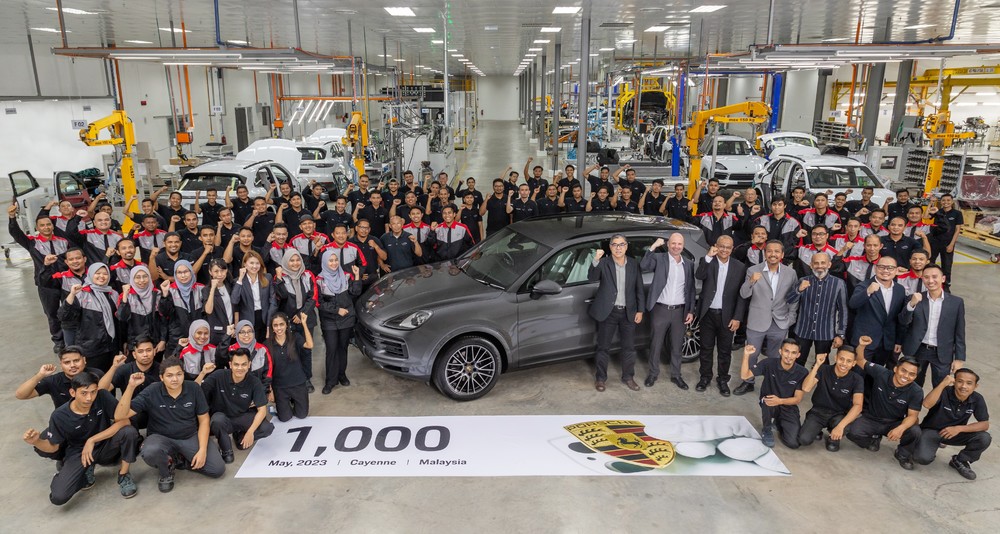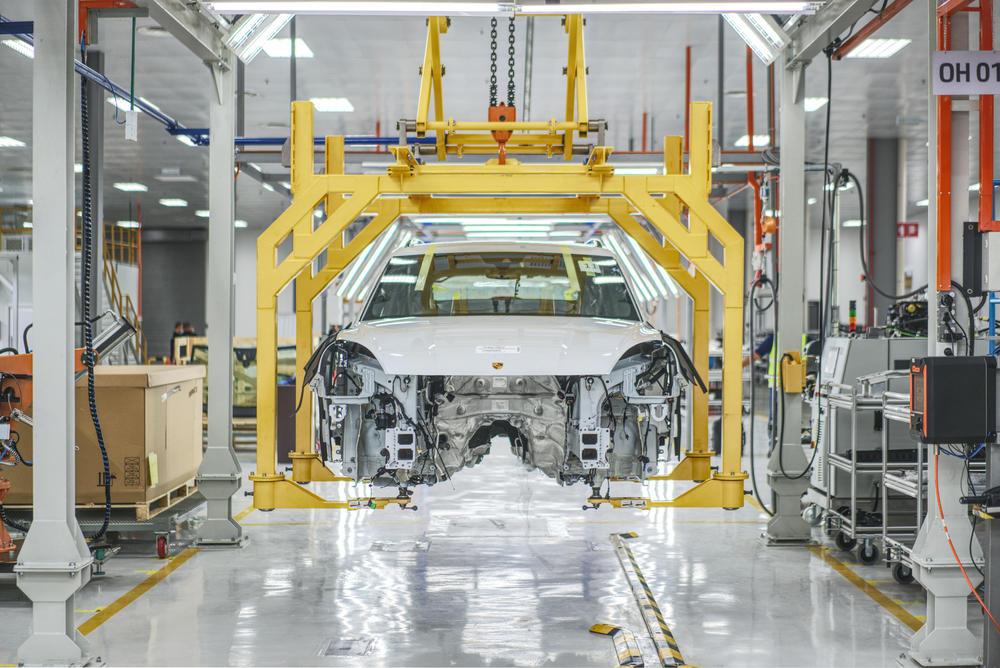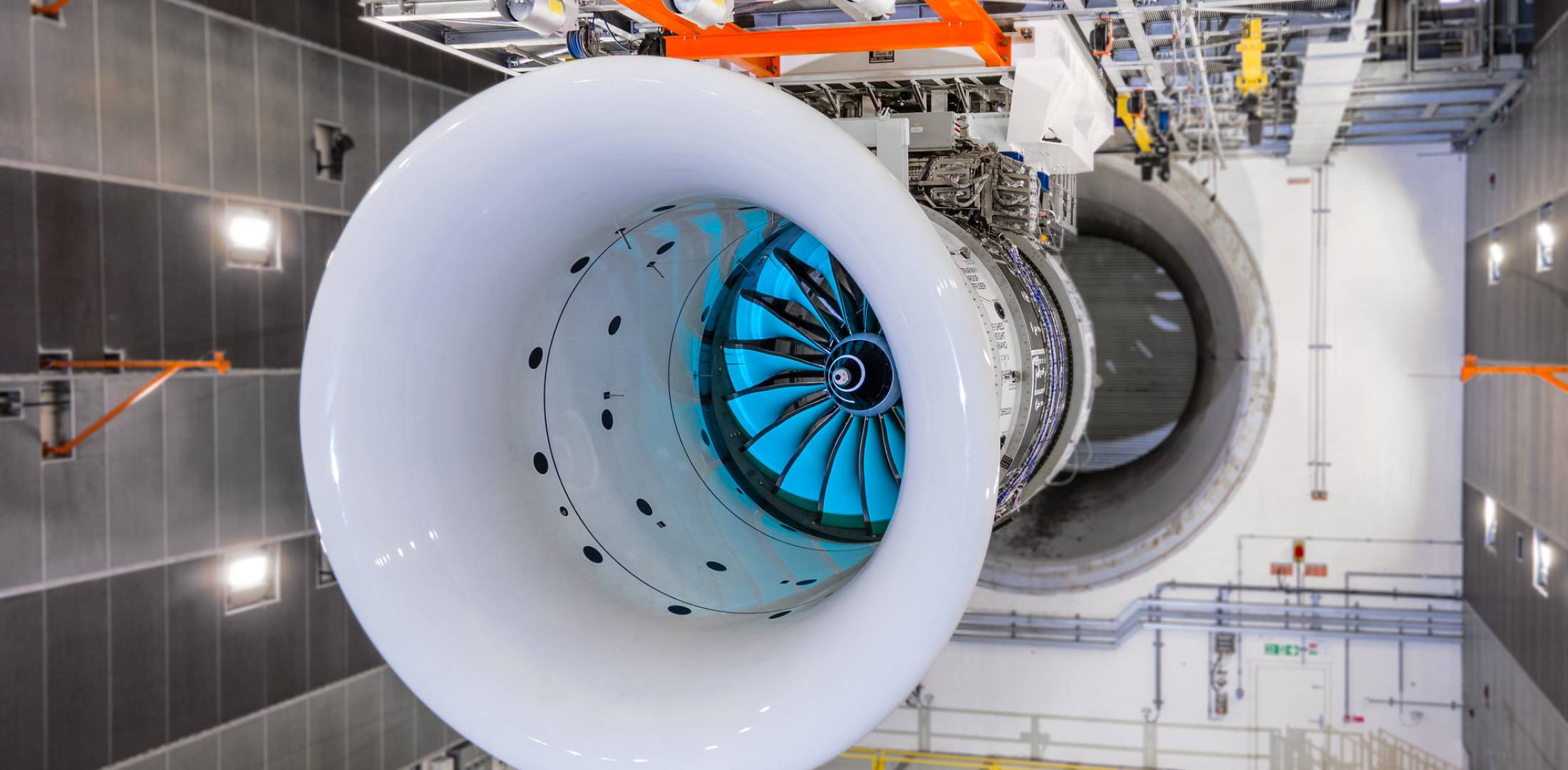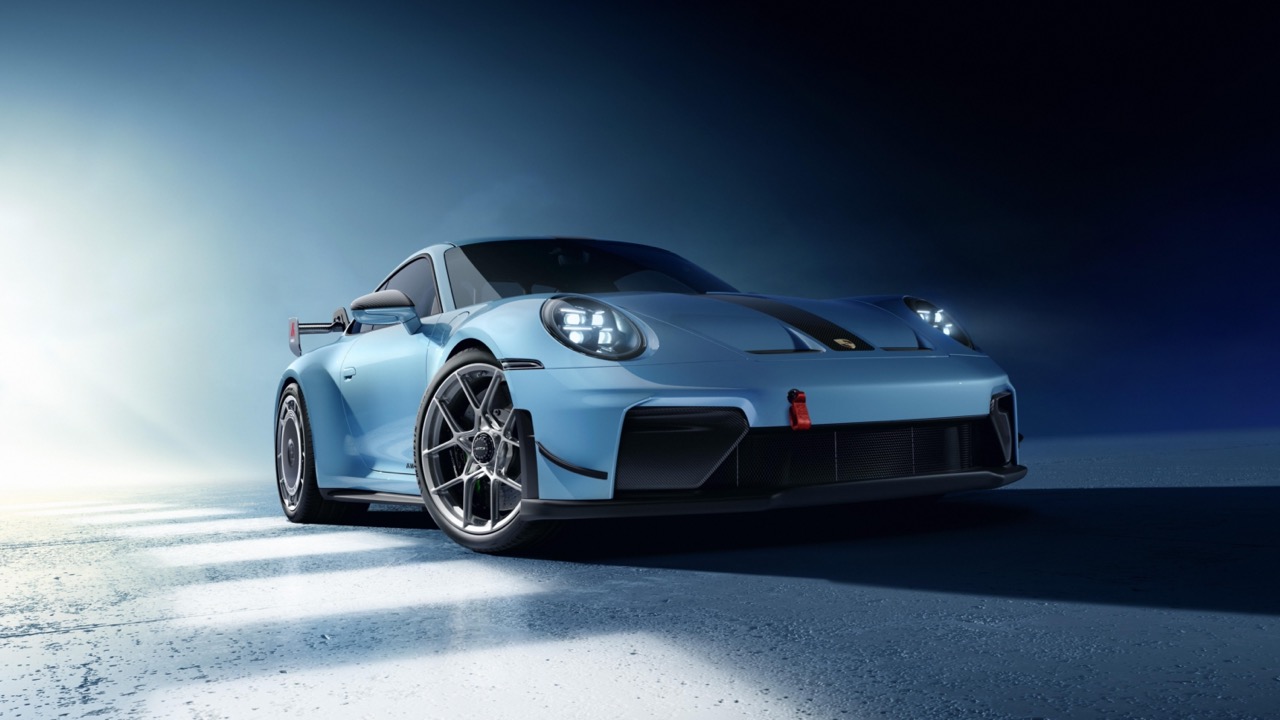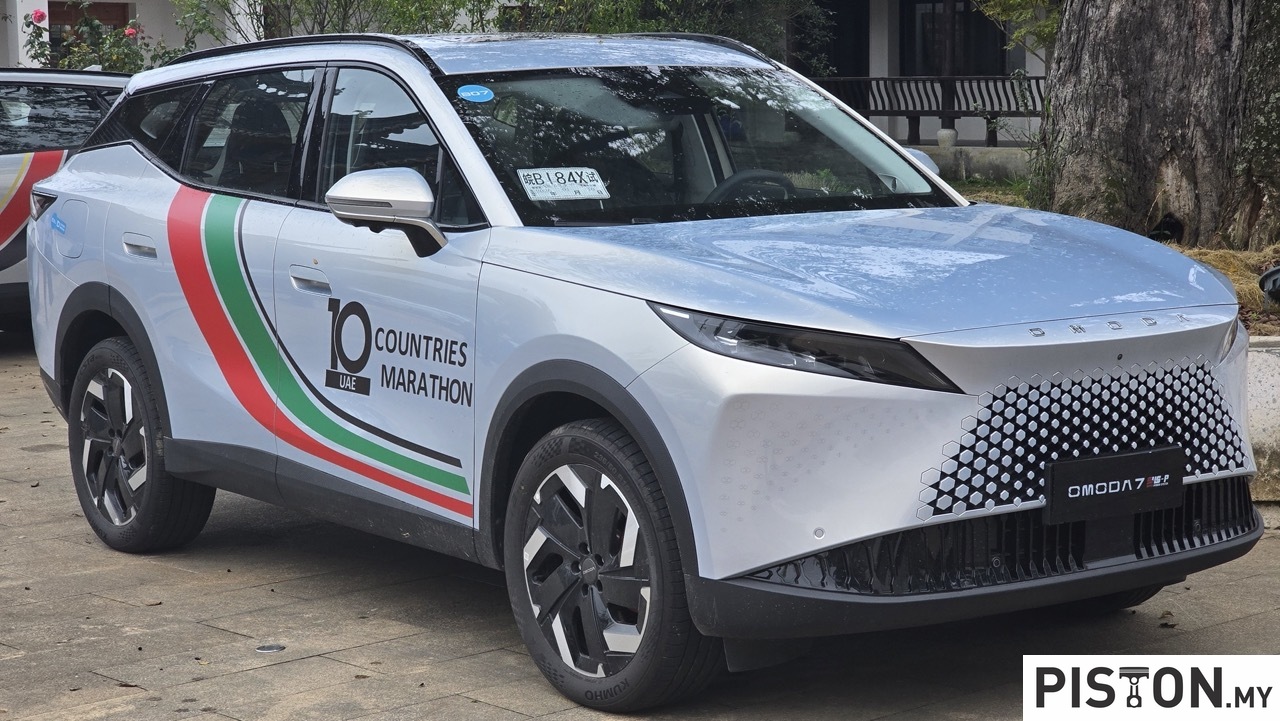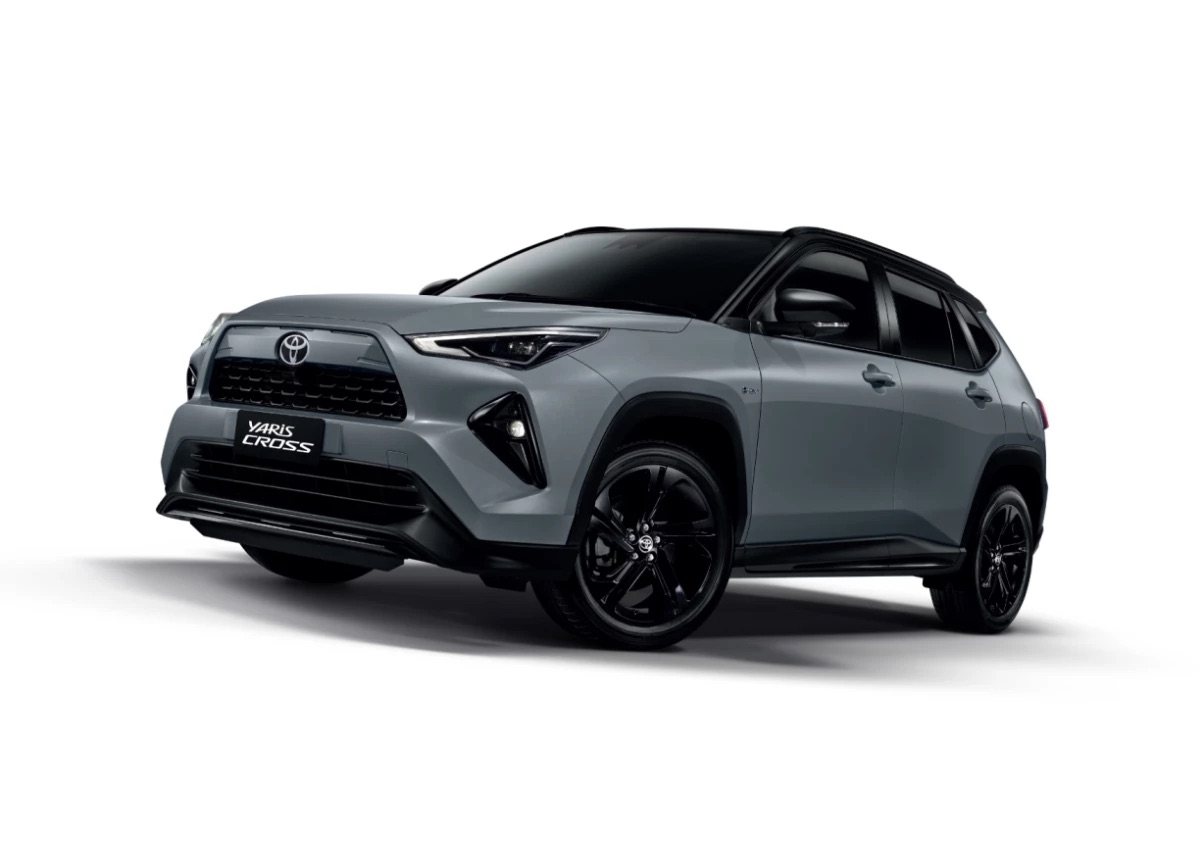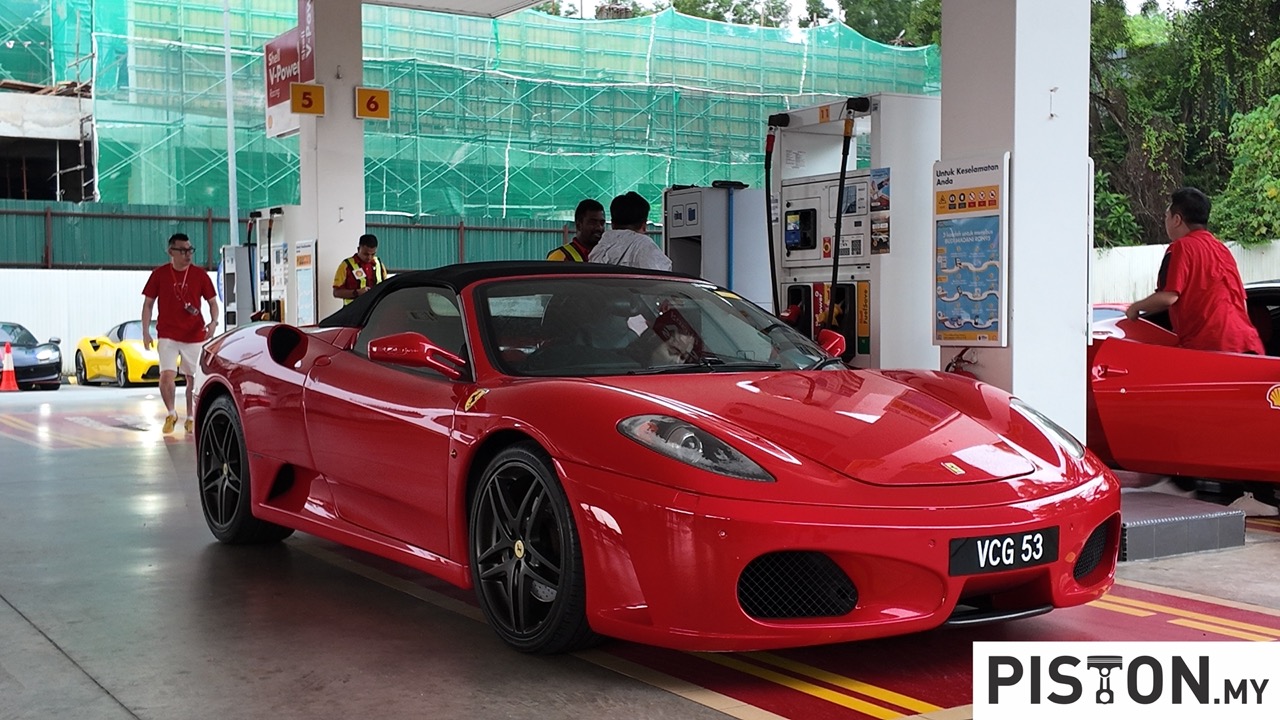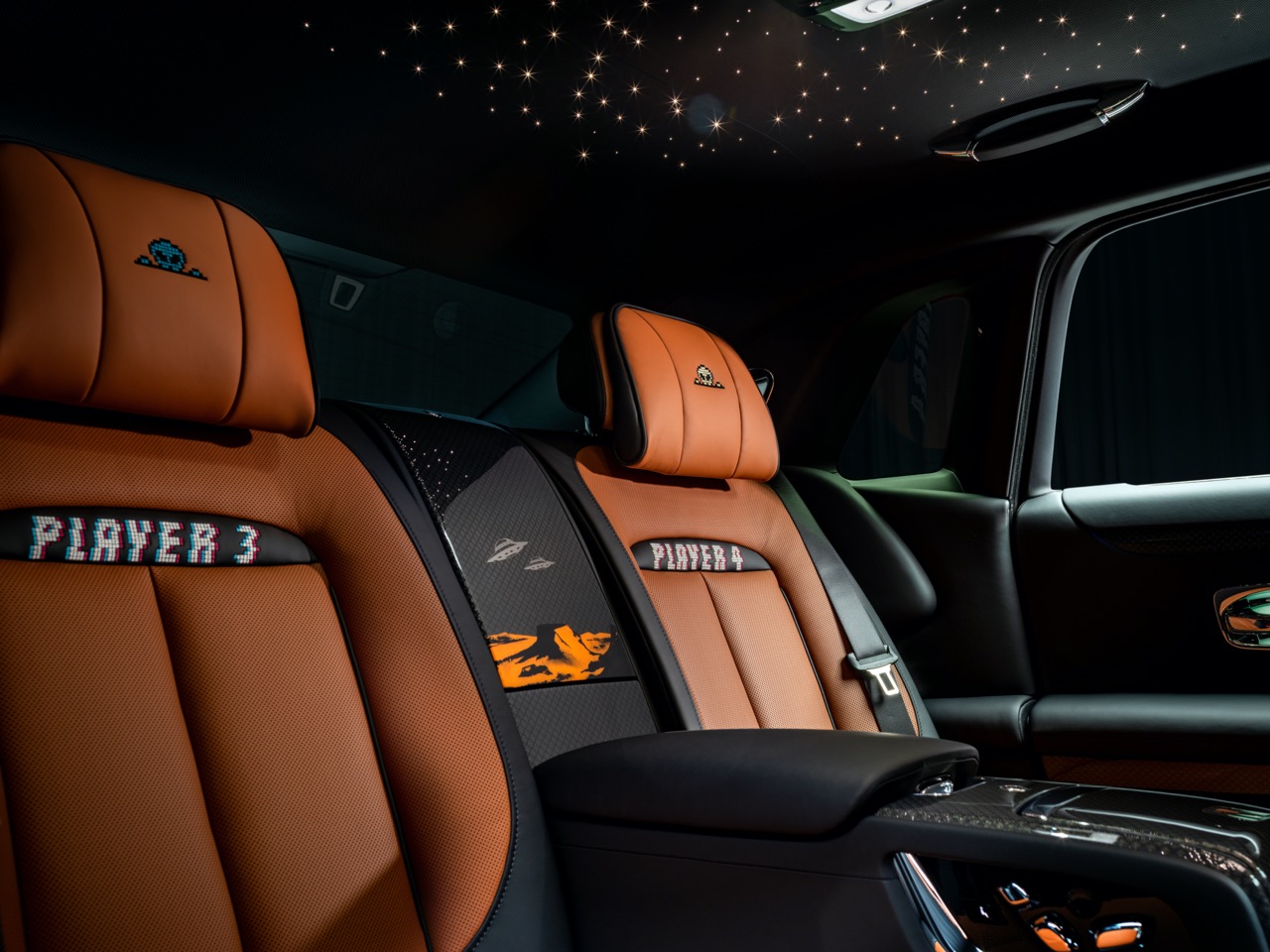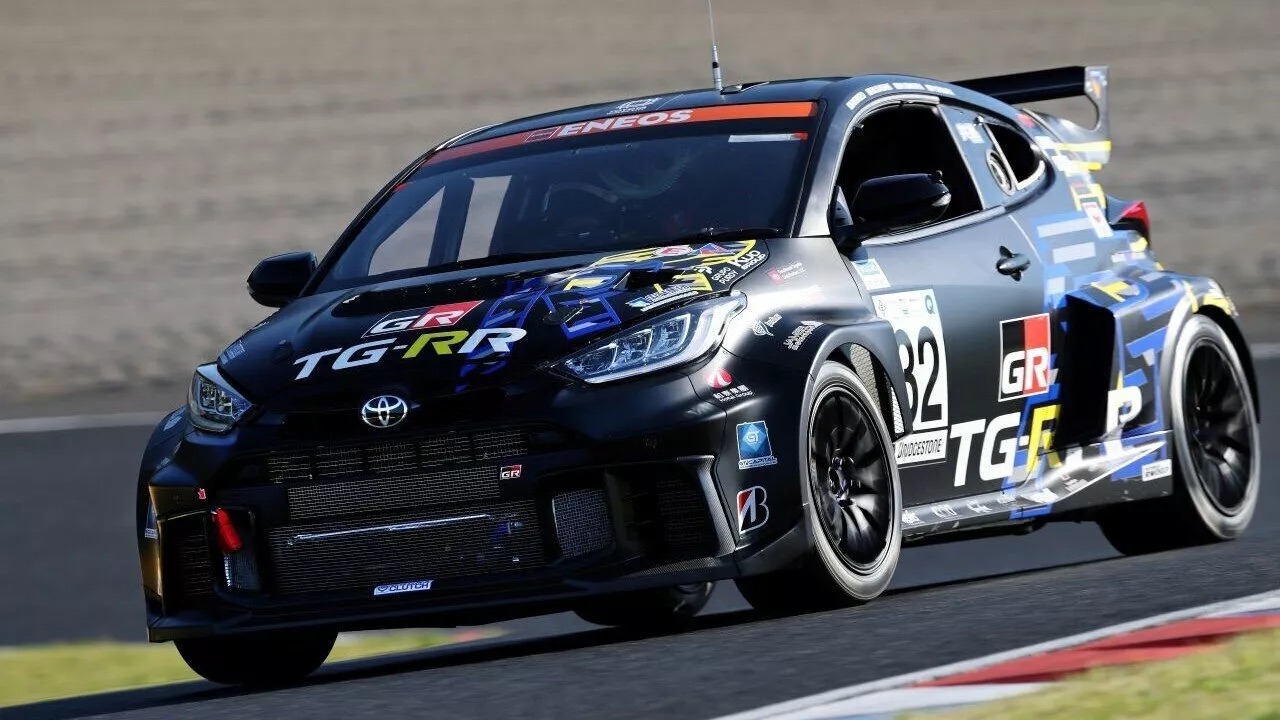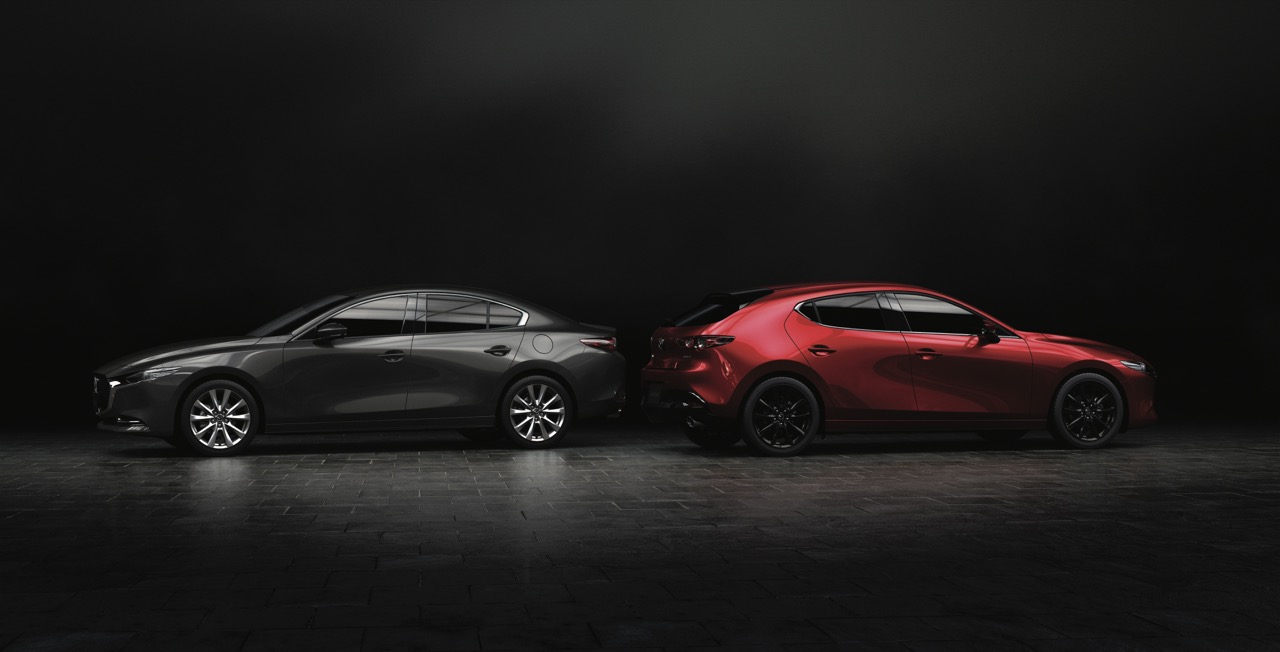Nothing brings a driver greater satisfaction than cruising down the highway at their designated pace regardless of anything else but their speed limit.
Unfortunately, potholes have been a problem on Malaysian roads for some time, aggravating drivers because of the risks they bring to everyone using the roads. The first thing to feel the impact when you strike a pothole would be your car’s tyres because they connect your vehicle to the road. The impact may weaken, tear, or damage your tyres, which could cause a blowout or flat tyre while you continue driving.
(more…)

